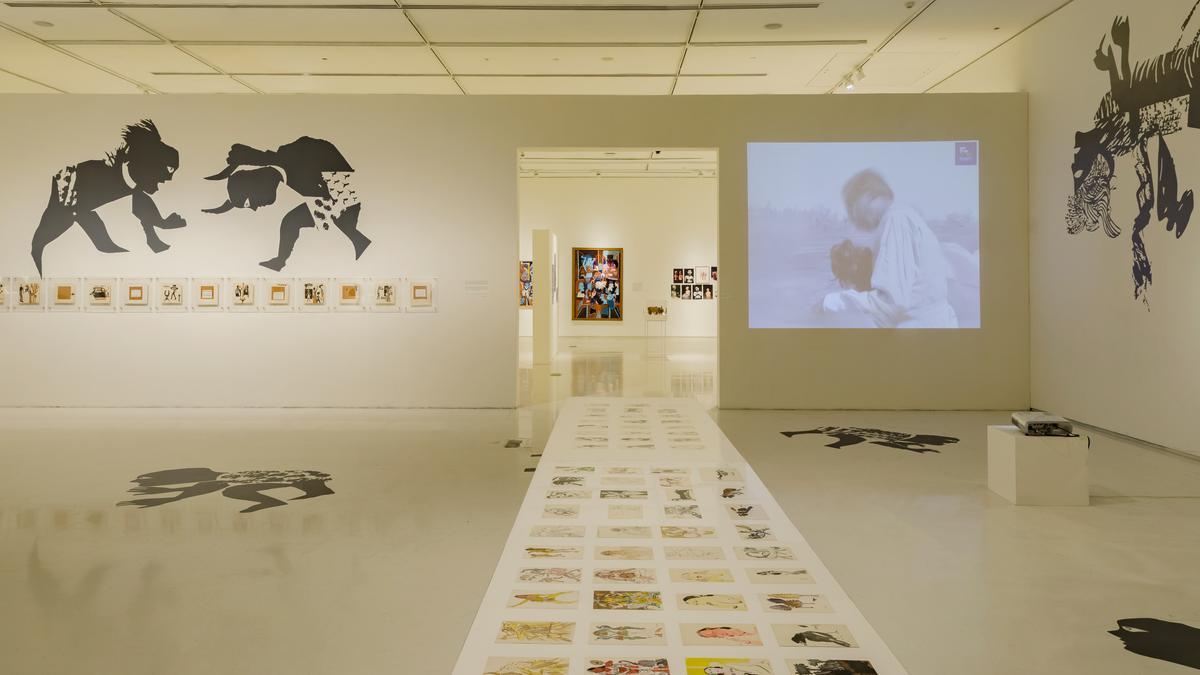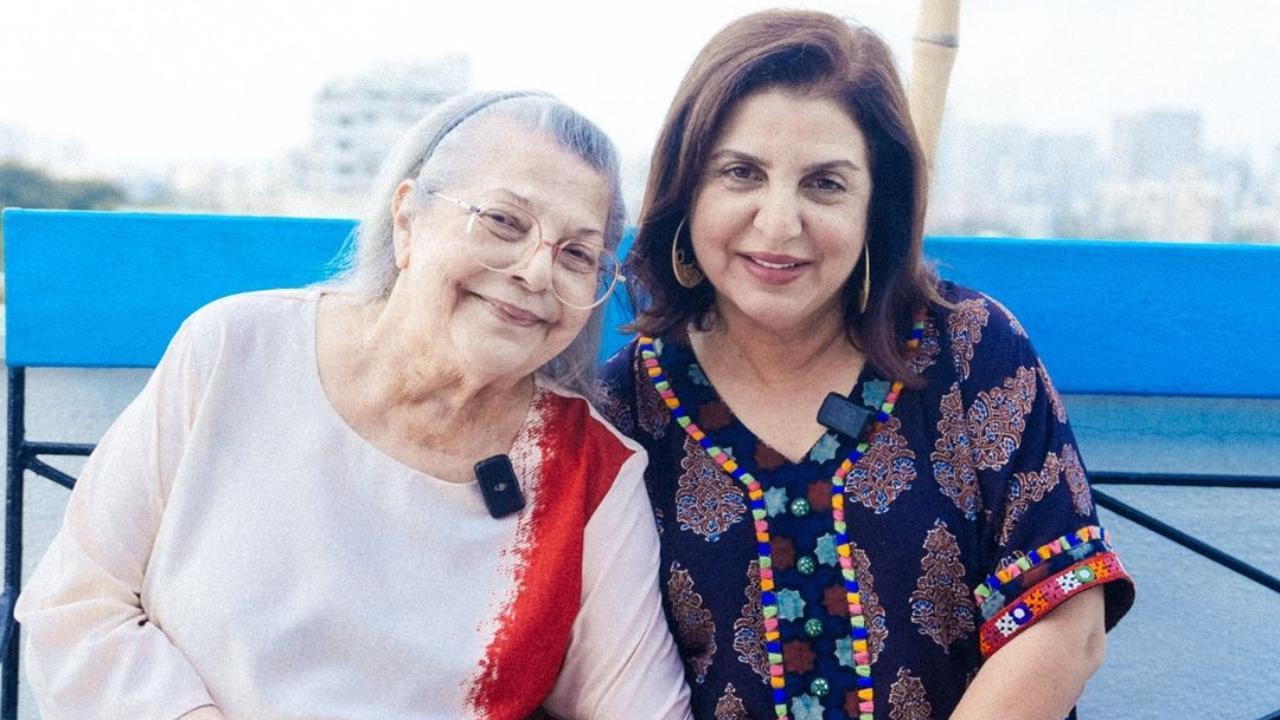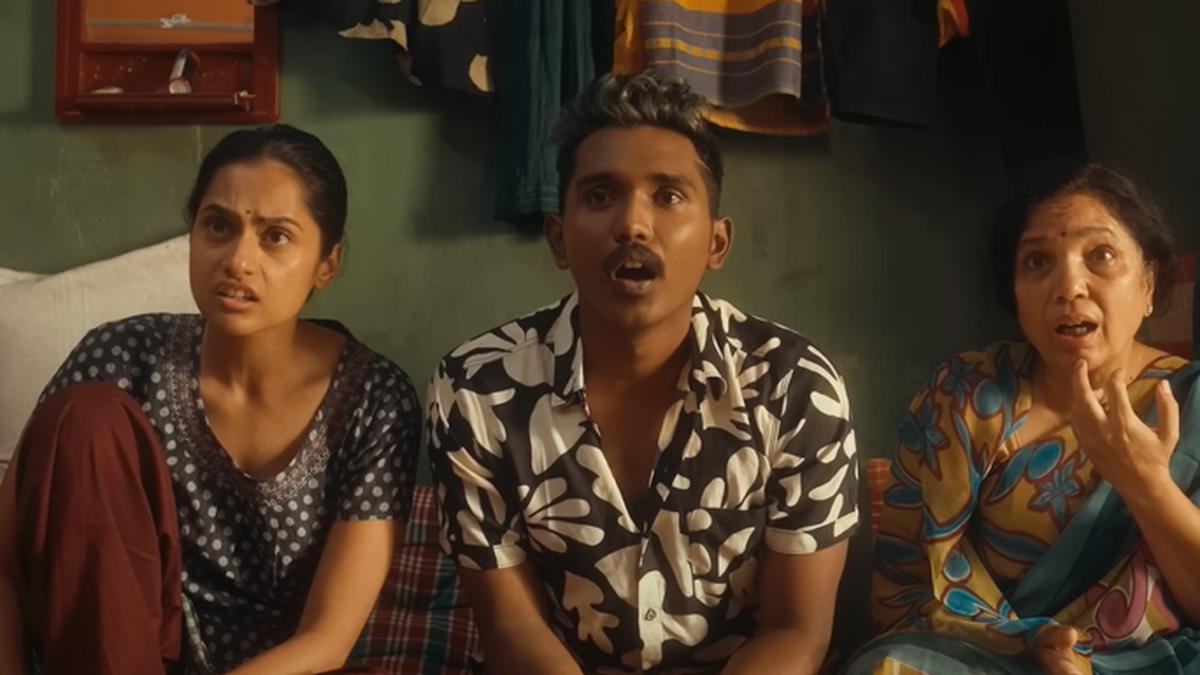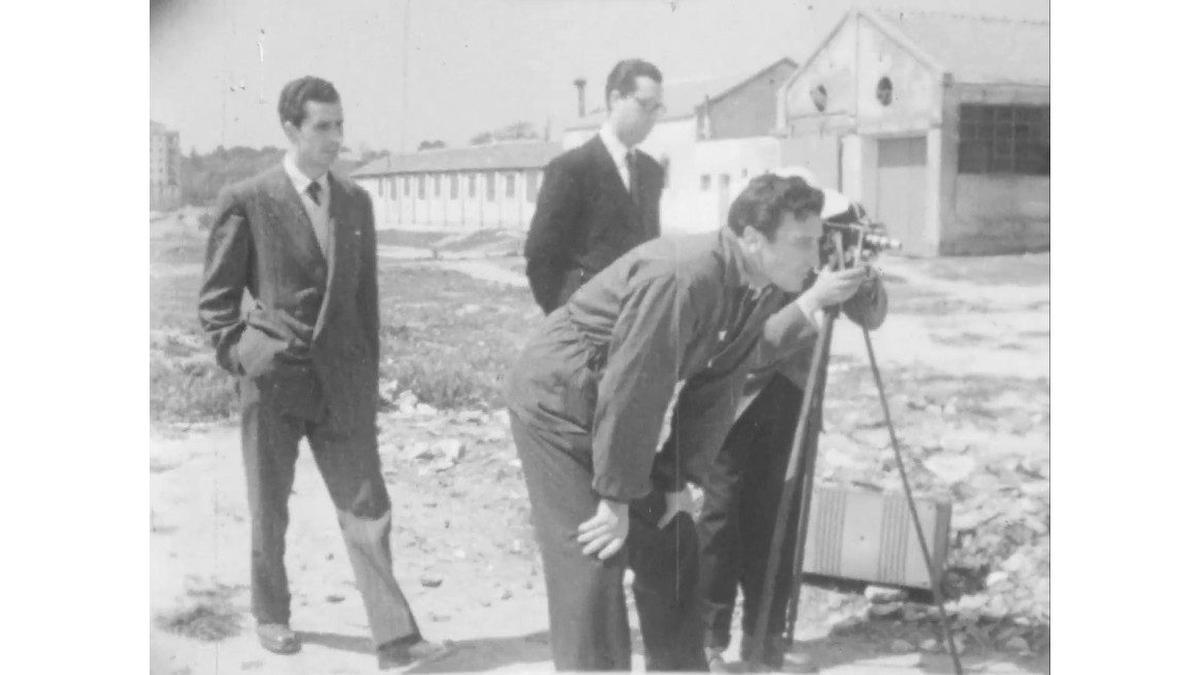
A visit to the Kolkata Centre for Creativity (KCC) opens up a world of tales about K.G. Subramanyan, the multi-dimensional artist whose retrospective exhibition at Emami Art captivates the essence of his life’s work. Known affectionately as Mani da, Subramanyan’s endearing nature and generous spirit have marked the memories of those who knew him. Anecdotes depict him as a man with a penchant for sweets and a talent for touching people’s lives, students and colleagues alike, with his artistry and grace—even leaving behind personal sketches as tokens of his mentorship.
Within the walls of Shantiniketan, where he both studied and later taught, Mani da’s generosity is legendary. He was not only a luminary in the world of Indian art but also a figure known for gifting his works, leaving behind a treasure trove ample enough to populate numerous retrospectives. Among these, the current exhibition, “One Hundred Years and Counting: Re-Scripting KG Subramanyan,” commemorates what would have been his centennial birthday.
K.G. Subramanyan’s daughter, Uma Padmanabhan, stands reflective beside a precious photograph capturing a tender father-daughter moment, immortalized by Jyoti Bhatt. This retrospective provides a platform for both personal and collective reminiscences, as Ushmita Sahu, director and head curator of Emami Art, shares her experiences with Subramanyan, recollecting the intimate gatherings where she would cook for him and indulge in enriching conversations about art and life.
In a city as culturally diverse as Kolkata, the influence of Subramanyan is found in unexpected places, extending even to literature, where he makes an appearance in the biography of Ebrahim Alkazi—a personality deeply rooted in a different art circle. Yet it was Alkazi who facilitated Subramanyan’s journey to England as a Fellow at St. Catherine’s College, Oxford, in the 1980s, underscoring the interconnected fabric of the art world.
Subramanyan’s artistic philosophy resonated with the concept of Contextual Modernism, as espoused by Shantiniketan teacher R. Siva Kumar. This approach called for an integration of local elements while embracing humanism and cross-culturalism, in contrast to mimicking European modernist styles. Subramanyan’s oeuvre embodies this diversity, showcasing his adventures across a plethora of mediums—painting, printmaking, authorship, toy making, mural creation, relief sculpture—and championing various causes through his work with national institutions.
Nancy Adajania, cultural theorist and curator of the exhibition, highlights the breadth of Subramanyan’s work. The display spans early paintings from the 1950s to his reverse paintings on acrylic—reminiscent of stained glass windows—as well as marker pen works, postcard-size drawings from China, and handcrafted toys. The showcase is punctuated by precious archival materials that pull back the curtain on Subramanyan’s creative processes.
One striking detail in the exhibition is the mock-up for his final mural, “The War of the Relics,” completed when Subramanyan was 88, which elegantly weaves together myths and contemporary motifs to challenge the archaic mindsets ingrained in human conflicts. Equally resonant is his children’s book “The Tale of the Talking Face,” a poignant satire on the political turbulence of 1970s India, encompassing timeless themes of democracy and despotism.
Adajania underscores the timeliness of this retrospective, not merely as a posthumous homage but as an active engagement with Subramanyan’s enduring relevance, particularly with his Gandhian ideals. These ideals are entrenched in artworks like the sand-cast cement mural from 1969, part of the ‘India of My Dreams’ pavilion in Delhi, which is a manifestation of his ideological kinship with Mahatma Gandhi, Jawaharlal Nehru, and Rabindranath Tagore.
This resurgence in interest and celebration of Subramanyan’s legacy is especially notable at a time when the legacies of his contemporaries face diminishing recognition. “One Hundred Years and Counting” not only reverently encapsulates the rich tapestry woven by this visionary artist but also invites us to peer into the profoundly humanistic and modernistic Weltanschauung that Subramanyan espoused. Visitors can immerse themselves in this rich narrative at Emami Art, located within the Kolkata Centre for Creativity, until June 21.
In a world where the intricate dance of art with culture and politics is often overshadowed, K.G. Subramanyan’s life and works stand out as a testament to the power of art to reflect, critique, and inspire—a legacy that continues to influence and provoke long after the artist’s own journey has concluded.










